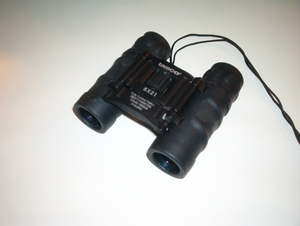One out of every three or so kids is allergic to something. Most children have simply, mild yet annoying allergy symptoms. Other children’s symptoms can be more severe and can include breathing problems and or hives.
It’s better to be allergic to something that you are hardly ever around than it is to be allergic to something unavoidable in your environment. Dust can be reduced but never escaped. Parents of children with dust allergies are always worried because dust is just about everywhere. That includes in the air we breathe and on most surfaces in the home. It also includes the dirt outside.
For most kids a dust allergy cause dark circles under the eyes, and a stuffy or runny nose. The sinuses usually are a bit swollen and may be achy and painful. When children with more severe symptoms are exposed to dusty and dirt they may begin to have difficulty breathing. Many will wheeze and some will end up having asthma attacks. Others, when the skin is exposed to dust or dirt, will break out into a bright red blotchy and raised rash called hives. Severe allergy symptoms like these need immediate medical attention.
If at any time you have a concern about your child’s health it is always best to contact your doctor and to have your child seen and or tested. Allergy test can easily be done to determine just what children are allergic to. Medications can be prescribed and taken to tame mild to severe allergy symptoms. They’ll help your child to feel better and reduce all of their allergy symptoms.
Seeing the doctor is the first thing you should do for your child with a dust allergy. After that all you can do is the following:
Dust your home daily. Hard surfaces collect dust easily especially during the dry months. Shelves, tables, knick knacks, what ever stands still needs to be dusted. Use a damp or a wet cloth rather than a dry one. This will collect the dust rather than scatter it. Vacuum faithfully. Dust loves to hide in carpet and dust bunnies love hardwood and tile flooring. Use a water vacuum to ensure allergens are not released back into the air. If you don’t have one of those make sure you are using one that has good filters on it to ensure that it is not releasing as much dust into the air than it’s getting off the floor. Purchase an air filtration system. Dust floats in the air we breathe in little tiny particles. You child inhales it into their lungs which in severe dust allergy situations can cause breathing difficulty. Be careful not to let your child play outside in the dirt. Kids love to do so but a child who is allergic to dust may end up sick when outside playing in the dirt. Keep them on the grass instead! Dust allergies can be helped when these steps are taken! Take care and thanks for reading J


